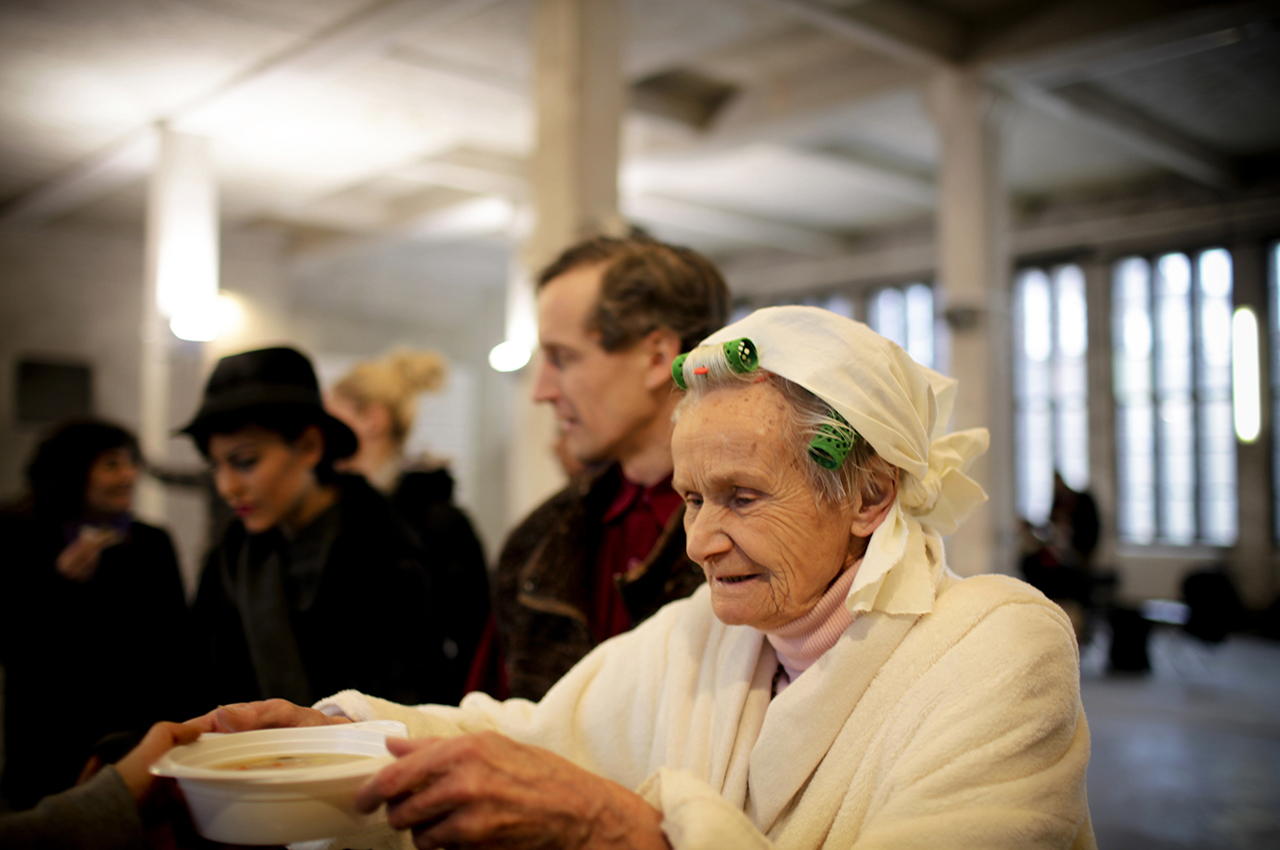California’s Complex Poverty Landscape: Navigating the Federal Poverty Level in a High-Cost State
Understanding the Federal Poverty Level (FPL): A Key Factor in Accessing Aid for Struggling Californians
For many people living in California, which is one of the most expensive states in the country, understanding poverty is really important. The Federal Poverty Level (FPL) is a key measure used to see if someone qualifies for help like housing, food, and healthcare. In California, where the cost of living is much higher than in other places, knowing about the FPL is crucial because it shows how tough it is for people to afford basic things like housing and healthcare. The FPL changes each year and depends on how many people are in a household. For example, if you’re single and make less than $14,580 a year, or if you’re in a family of four and make less than $30,000 a year, you’re considered to be living in poverty. But these numbers might not show how hard it is for Californians, especially in areas where everything costs a lot more.

2024 California Projecting Income Threshold for Struggling Families – Forecasting the Poverty Line!(PHOTO: Getty Images)
Combating Economic Insecurity in California: A Comprehensive Suite of Assistance Programs and Resources
Amidst these challenges, a plethora of assistance programs and resources stand ready to lend support to individuals and families grappling with economic insecurity. From Medi-Cal, the state’s Medicaid program, offering healthcare coverage to low-income individuals, to housing assistance initiatives like Section 8 vouchers, there exists a mosaic of avenues through which Californians can access vital support. Moreover, community organizations and local welfare offices serve as invaluable touchpoints for individuals navigating the labyrinth of assistance programs, underscoring the collaborative efforts aimed at alleviating poverty and enhancing the well-being of California’s diverse populace.
READ ALSO: 2024 Tax Refund – Unleash Your Home’s Hidden Financial Potential!

















































